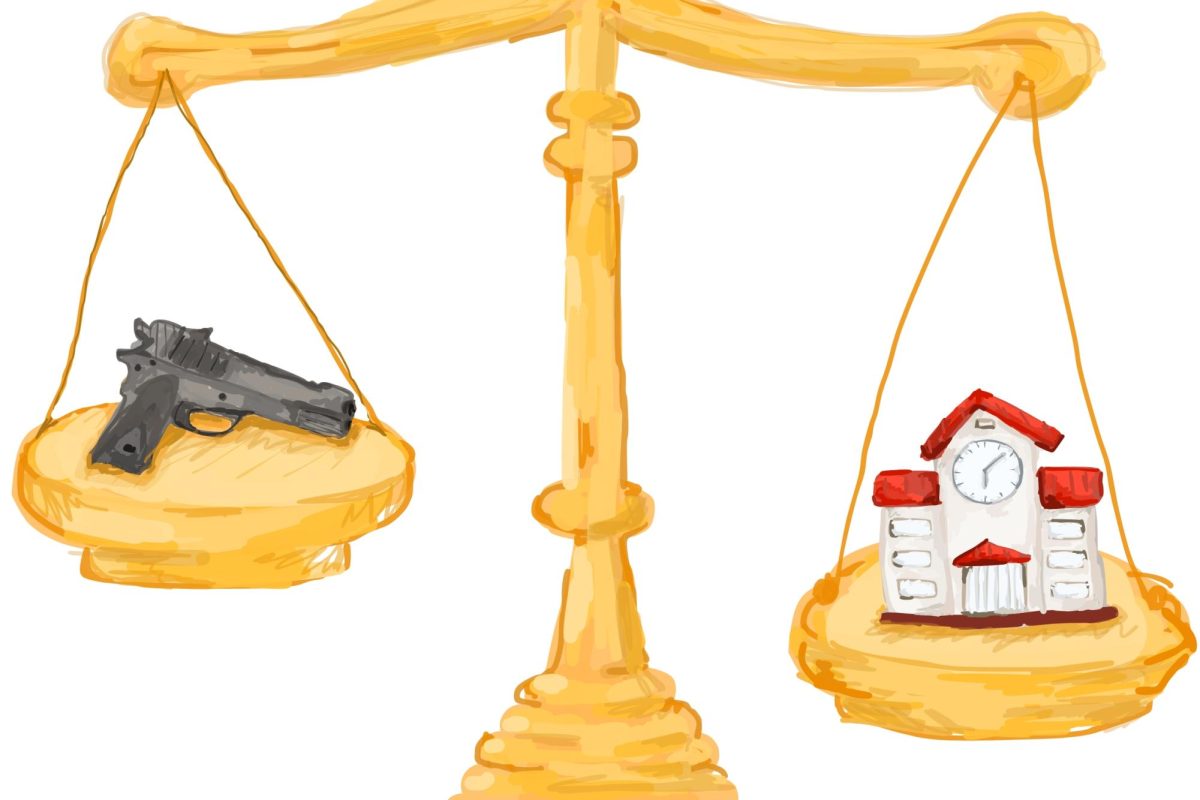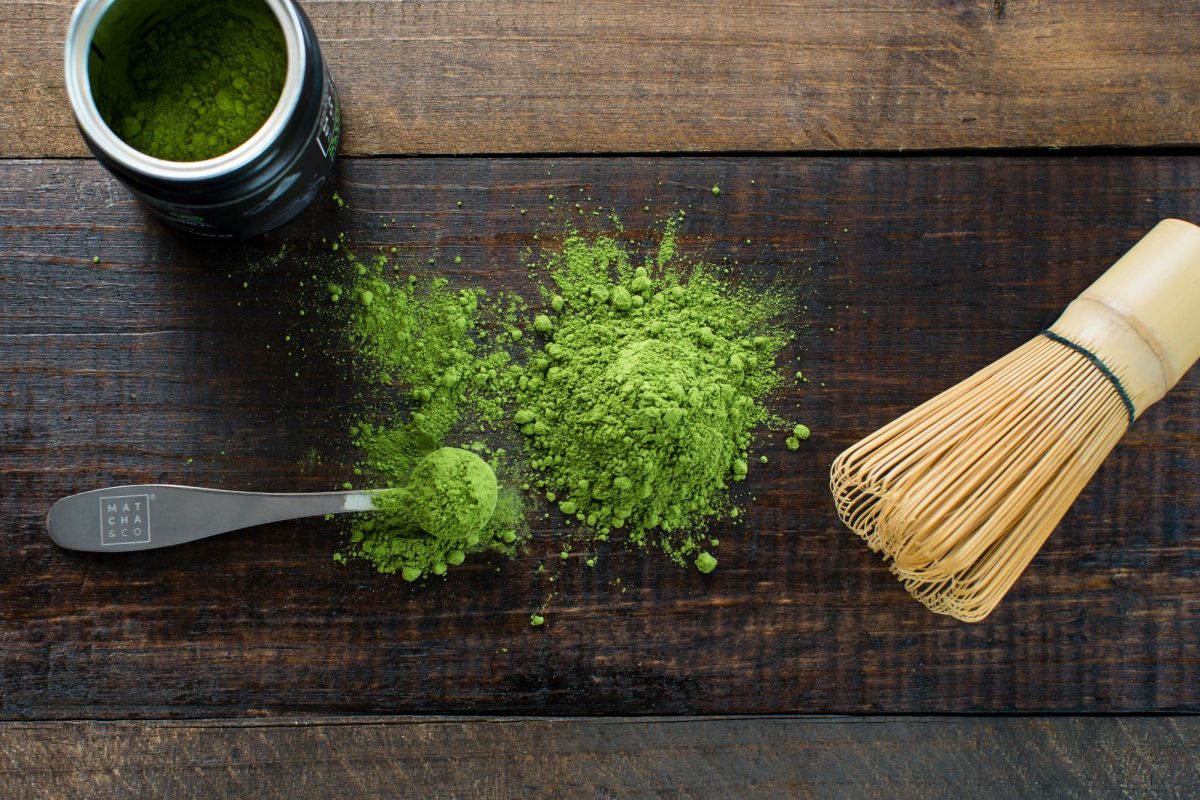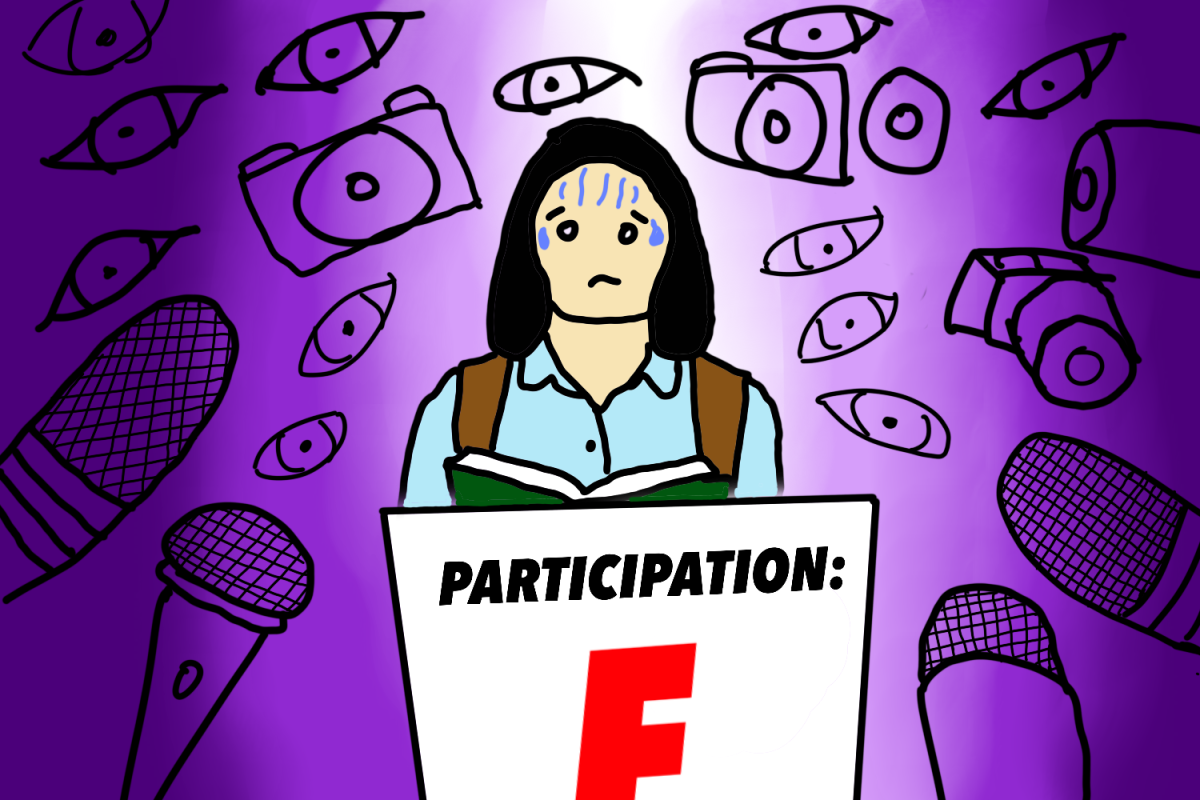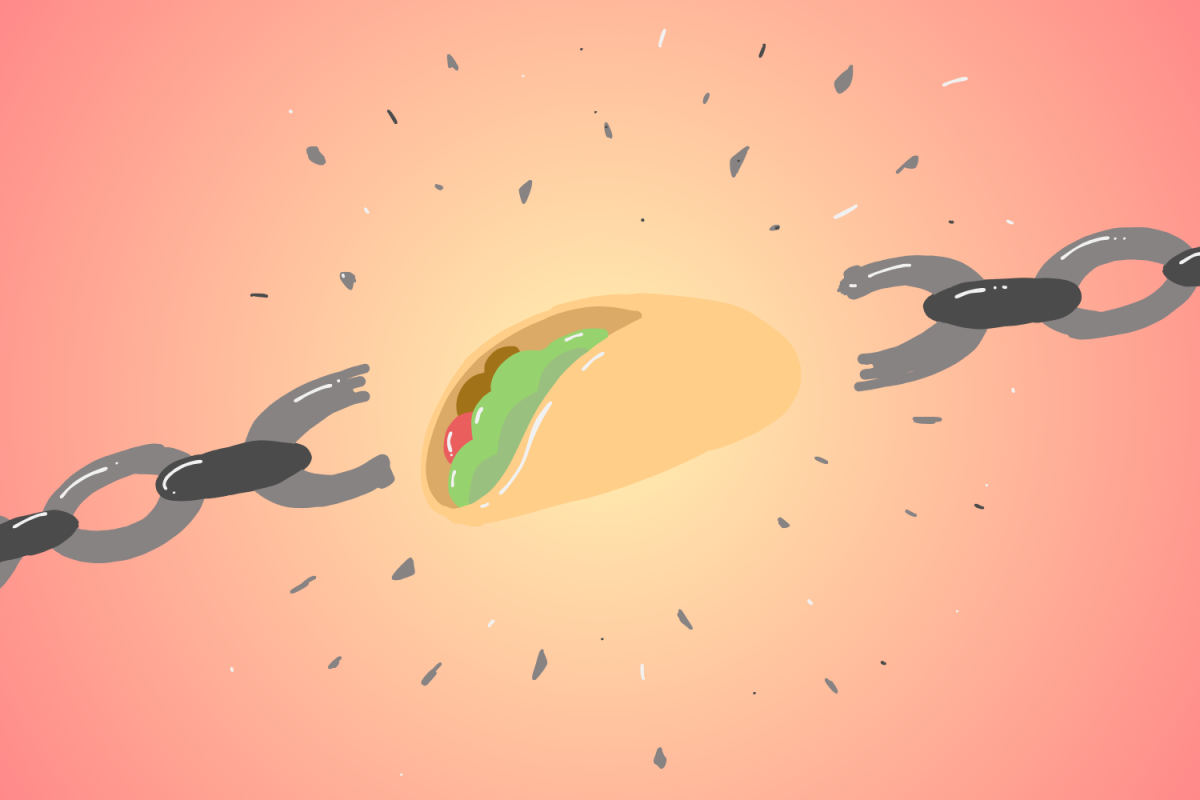Over the past decade, there has been an increasing popularity of older teenagers and young adults collaborating to form cliques based on combining fan bases. These collaborations seem to benefit both the creators who rack up views and gain higher revenue through mutual fan-bases, as well as the viewers who are able to see their favorite social media presences interact with one another. But what happens when we see tween “influencers” rise to fame?
The Glow House, a multi-member TikTok group whose content aims to preach positivity and inclusivity amongst young girls, has been the recent center of this topic. Many are quick to doubt, questioning whether the girls included in this group–some as young as 13–should be making TikTok videos instead of putting more time into school. Despite the content house’s goal of diversity, they only have two people-of-color members, which has some fans wondering the legitimacy of their purpose.
While the Glow House boasts a considerable following and gained over 1 million followers in just three days at the beginning of its founding, its silly, light-hearted content is simply not worth sacrificing an education for a job that isn’t guaranteed to remain stable. Especially with the looming possibility of the TikTok ban being reinforced, there’s no certainty that these influencers will remain relevant in a couple of months, let alone years from now.
Take Charli D’amelio for instance, who despite earning 95 million TikTok followers within a year of gaining popularity, has had a staggering decrease in likes on videos nowadays. Her short-lived fame, despite giving her unique opportunities, hasn’t promised anything better for her these past few years as her reality TV show was cancelled and her footwear brand fell flat. Even her Broadway debut became a topic of debate as many felt she wasn’t qualified enough to perform in a musical compared to the thousands of other talented dancers who have trained their whole lives to be part of mainstage productions.
Another content house known as The Sweet Sisterhood has also sparked public backlash. The creators consist of “kidfluencers” ages 8 to 12 years old posting content relatively similar to other influencers such as the Glow House. However, many viewers feel that children are losing their innocence and jumpstarting future insecurities by filming content such as skincare and makeup routines–which are prevalent on social media platforms. Although it’s likely that many people growing up had their fair share of drugstore eyeshadow palettes and Lip Smacker lipsticks, many viewers are concerned with this new generation, as tween cosmetic favorites seem to mirror those of teens and young adults which could potentially ruin their skin. Mature products on young skin raises concern for the health and safety of such trends, making Glow House content potentially damaging for its members in the future.
Glow House antics are showing the signs of teenage recklessness––and while the mothers of these influencers-in-the-making run the account, history shows time and time again that sometimes even families are the root of child exploitation.
Recently, a Netflix documentary entitled, “Bad Influence: The Dark Reality of Kidfluencing”, entails the horrors that YouTube child star Piper Rockelle, along with many other children, faced behind the screens while content-creating. Like the Glow House and The Sweet Sisterhood, Piper’s squad of kidfluencers also shared a house designated to filming content and nicknamed themselves as “The Squad”. Little by little, video topics seemed to escalate in maturity, as many included titles such as “I CAUGHT MY BOYFRIEND FLIRTING With The NEW SQUAD” and “COUPLE CHALLENGES”—subjects that are typically not appropriate to their targeted audience of tweens and young teens.
Audience members began catching on that Piper’s mom, Tiffany Smith, seemed to be the one creating and directing these types of videos, even though the content often exploited and sexualized her own daughter. Aside from the content of the video themselves, many of the past members have come forward and explained how they felt overworked by Smith who gave them strenuous 12-hour workdays. Since child labor laws regarding content creation were not in place while Piper was growing up, managers such as Smith were able to get away with exploiting these children at the expense of just gaining more fan revenue.
Whether it’s through habits stemming from societal expectations regarding beauty or from the pressure to attract views and likes, it’s clear that introducing children into the harsh realities of content-creating seems to do more harm than good.
Photo courtesy of unsplash.com







